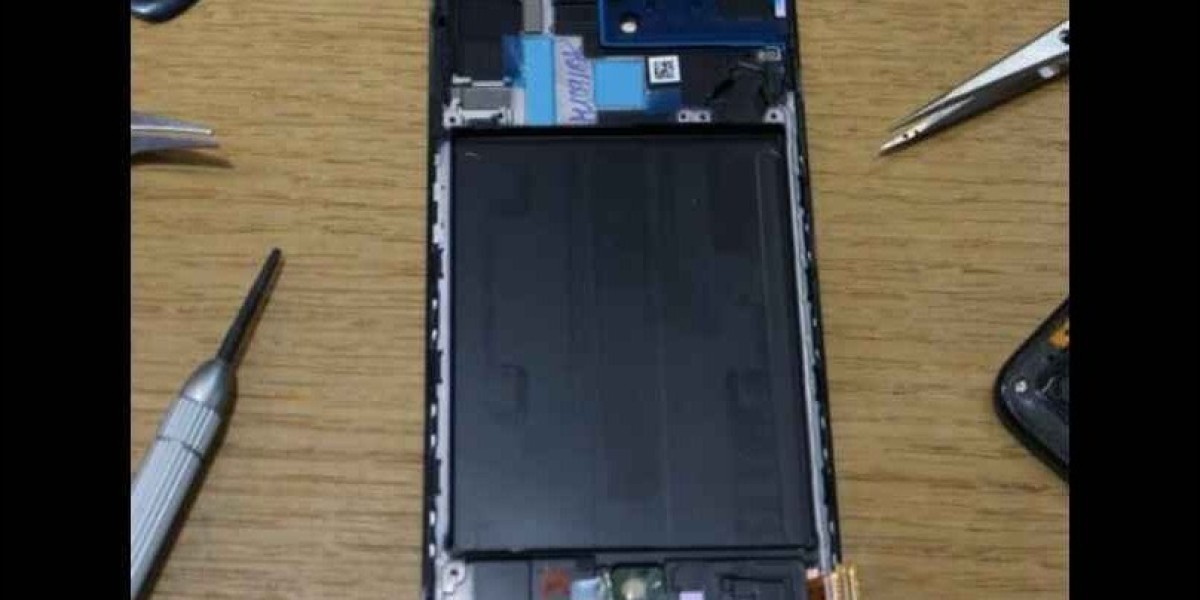Speedcubing has taken the classic challenge of solving a Rubik's Cube 3x3 to a whole new level, where fractions of a second can make all the difference. Advanced cubers constantly refine their techniques to shave off precious moments. This guide delves into five advanced strategies that can help you enhance your speedcubing skills, ensuring each turn is optimized for efficiency and speed.
1. Cross on Bottom (X-Cross)
Starting with a cross on the bottom (X-Cross) is a significant step up from the basic cross technique. This strategy involves not only solving the cross on the bottom layer but also positioning one or more of the first layer corners simultaneously. The advantage of the X-Cross is that it sets up the subsequent layers more efficiently, reducing the total number of moves required. The key to mastering this technique is to visualize the solution before making any moves, planning one to two steps ahead.
2. Advanced F2L (First Two Layers)
The First Two Layers (F2L) are crucial in speedcubing. Advanced F2L techniques focus on reducing the number of moves by solving the corner and edge pairs together without resorting to algorithmic solutions. Instead of placing each pair individually, look for opportunities to insert multiple pairs with fewer maneuvers. This approach requires a deep understanding of cube mechanics and the ability to foresee several moves in advance.
3. Look-Ahead Capability
Improving your look-ahead capability is essential for seamless transitions between steps while solving the Rubik's Cube 3x3. The goal is to minimize pauses. This means planning the placement of the next F2L pair while performing the current pair's movements. With practice, this technique allows for continuous, fluid motion without stopping to find the next pieces, significantly reducing solve time.
4. OLL (Orientation of the Last Layer) and PLL (Permutation of the Last Layer) Optimization
For those looking to advance in speedcubing, mastering optimized OLL and PLL algorithms is a must. These algorithms are designed to be faster and more finger-trick friendly, allowing for quick execution without repositioning the cube. Learning multiple algorithms for the same scenario can provide alternatives that might be more suitable based on the cube's current orientation and your hand position.
5. Algorithm Fine-Tuning and Muscle Memory
Practicing algorithms repeatedly until they can be executed from muscle memory is one of the most effective ways to improve speedcubing performance. Fine-tuning your finger tricks and discovering the most ergonomic ways to perform each move can also lead to significant improvements. The smoother and more automatic your movements, the faster your overall solve time will be.
Conclusion
Mastering these advanced strategies will significantly enhance your ability to speedcube the Rubik's Cube 3x3. It’s not just about quick fingers; it’s about smart cubing—understanding the cube's mechanics deeply, predicting outcomes, and executing with precision. Remember, consistent practice and analytical review of your solves are essential to understanding your strengths and areas for improvement. As you integrate these advanced techniques, you’ll find your times improving and your fluency with the cube reaching new heights. Happy cubing!







